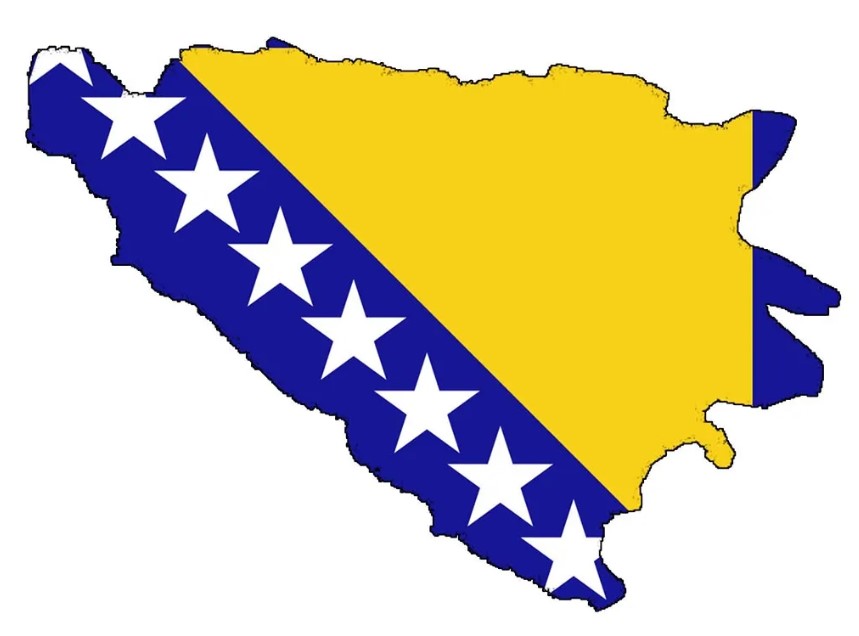
Bosnia and Herzegovina is a Balkan country bordered by Serbia (east) Montenegro (southeast) and Croatia (north and southwest).
It has a small coastline on the Adriatic Sea around the town of Neum.
The 1990s saw the breakdown of the former country of the Yugoslavia into several smaller territories. But the separation wasn’t peaceful and the Bosnian War raged between 1992 and 1995, leaving this beautiful country in ruins.
Well getting here was quite the experience. We were leaving the EU (by bus) and entering eastern Europe proper. Up until now the borders have been open and easy but leaving Dubrovnik and entering Bosnia and Herzegovina made for some interesting transits.
Our bus ride was 240km and took us well over 8 hours to complete. Leaving Dubrovnik in the morning we headed north and found ourselves at a land border crossing. So we all got out of the bus and were individually processed at the border just outside the town of Neum. What we did not know was that Bosnia and Herzegovina has a 20km stretch of coastline on the Adriatic.
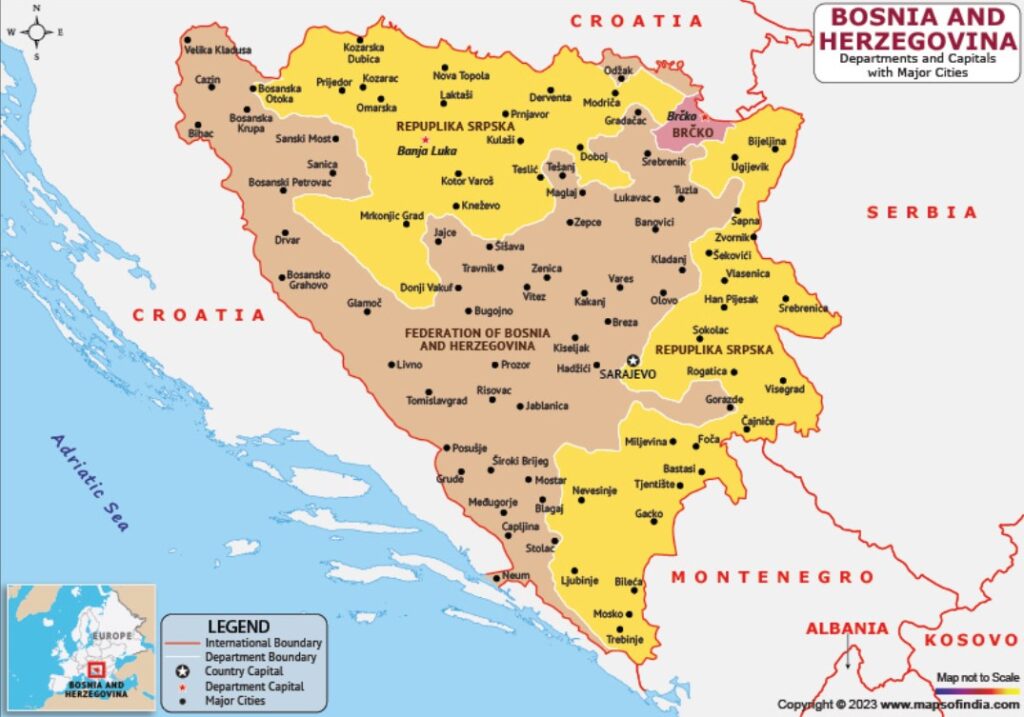
So this meant that after a quick stop in Neum, we reached another border about 25 minutes later and had to all get individually processed out of Bosnia and Herzegovina.
Another hour or so on the bus and (guess what) another border to get us back into Bosnia and Herzegovina. Everybody out of the bus, queue up and be individually processed back in. Drive a little further and then it was lunchtime for the driver, so we stopped again.
Jablanica
At least at this stop we had some entertainment. We stopped at the town of Jablanica which sits on the banks of the Neretva river and Jablanica Lake. But most importantly it is a common meal stop for those driving. Which means that it caters for large numbers of transiting passengers.
And it seriously caters to large numbers. Our first hint was when we passed a roadside stall that was spit roasting 3 whole sheep. About 100m down the road was another, with about 10 sheep on the spit. And restaurant after restaurant we passed all with 5-10 sheep rotating over fires and embers.



Sarajevo is the capital and largest city (under 300,000) of Bosnia and Herzegovina and is on the Miljacka river. Sarajevo is well-known because it is where Archduke Franz Ferdinand was assassinated thereby pushing the entire world into conflict (WWI). The Latin Bridge is the site where the murder happened and therefore became a must-see.



Baščaršija is the historic center and old town of Sarajevo. This part of the city was built in the 15th century, and it quickly expanded.
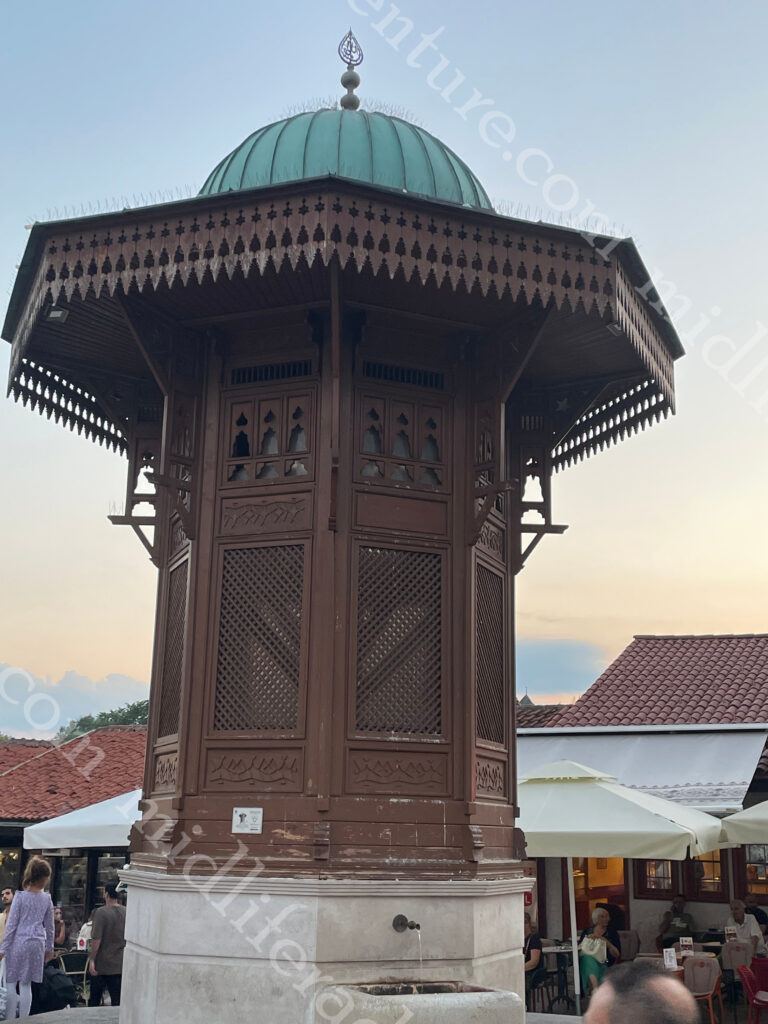
Sebilj, the symbol of Sarajevo, is at the very heart of Baščaršija.
It is a wooden water fountain dating back to the Ottoman era.
There were hundreds of these fountains all over Sarajevo. However, only one remains to this day.
Towering over the city is the Sarajevo Clock Tower. It sits next to the Gazi Husrev-beg Mosque. It is estimated that Sarajevo Clock Tower was built in the 16th century.
It is the only public clock that shows lunar time and is set manually. There used to be more than 20 similar clock towers all around Bosnia and Herzegovina during in the Ottoman Empire.
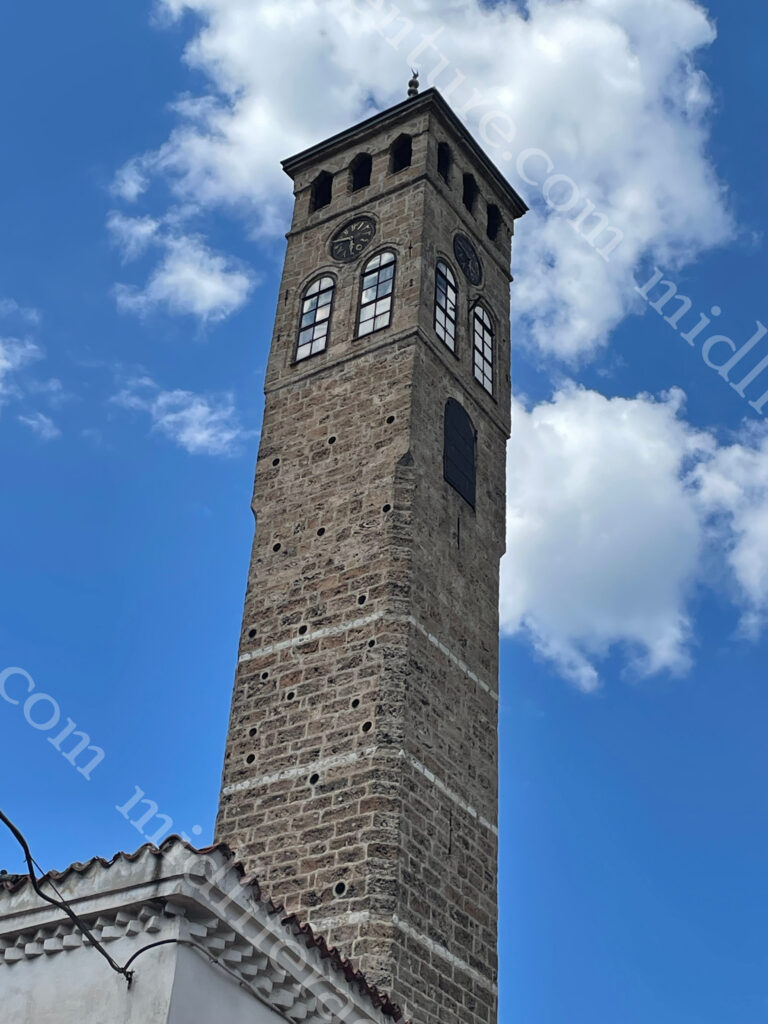
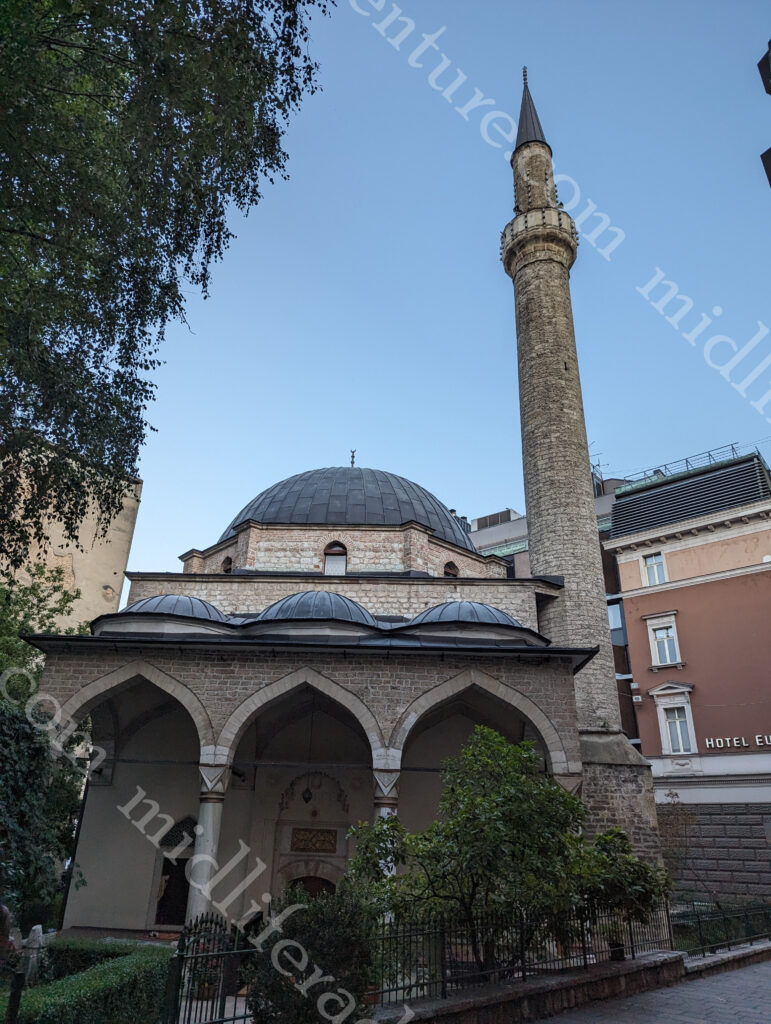
Gazi Husrev-bey mosque is the main mosque in Sarajevo.
Built in 1531, this mosque is the perfect example of the Early Istanbul Style. It is the largest historical mosque in Bosnia and Herzegovina and one of the best representative Ottoman structures in the Balkans.
Bezistan is a covered market that was quite common in the Ottoman Empire. Sarajevo has a well-preserved Bezistan, just a short walk away from the Clock Tower. Gazi Husrev Bey built the marketplace in 1540 while he was the governor of Sanjak of Bosnia.



Baščaršija Square is the main area within old town and gives you ready access to the wide array of mosques, bazaars, Jewish temples, cathedrals, cafes, restaurants and bars.












Sarajevo City Hall known as Vijećnica, is in the heart of Baščaršija. Designed in 1891 it was the largest and most representative building of the Austro-Hungarian period in Sarajevo.

One bit that I was not expecting was the heavy Muslim and Turkish influence on everything. This mostly has to do with my lack of knowledge about this part of the world as this is my first time visiting the Balkans (and Eastern Europe more generally). The country is more than half Islamic and the coffee is more along the Turkish lines, strong, rich and with the telltale sludge on the bottom.



Sacred Heart Cathedral is the big catholic church in town. It was built in 1887 in honour of the Sacred Heart of Jesus. The two bell towers are 43.2 m high. Above the portal is an octagonal rosette and a statue of the Sacred Heart.



The prices were good and the food was fantastic. We were very pleased to see that the regional love of lamb had also translated to the city. This meant we were able to get beautifully cooked lamb and veal and have eaten more slabs of meat than we had done in almost a year.







The central part of Sarajevo is very nice. But the drive into town reveals a country still trying to rebuild after war and conflict. It is clear that rebuilding efforts are well underway (the tram tracks were ripped up and being fixed all over town when we were here). But there is still much to be done. Almost every building (outside of the tourist heart) looks like it is either being built up or falling down.
I would happily come back to Bosnia and Herzegovina and spend more time here exploring. The countryside that we drove through was magnificent and there is enough to keep you amused.